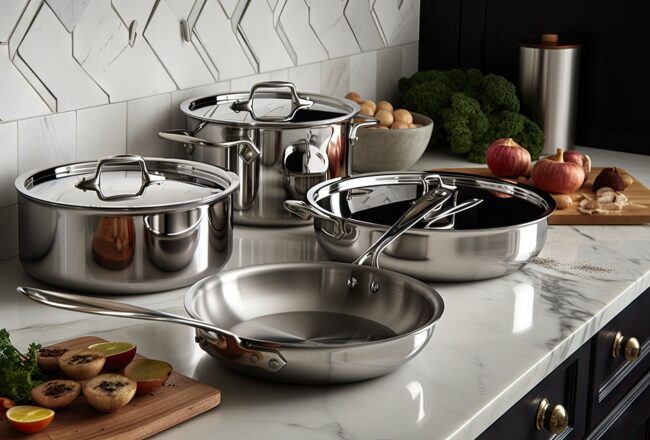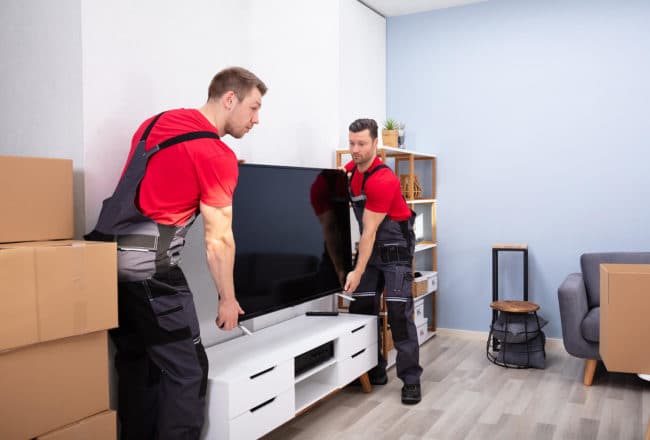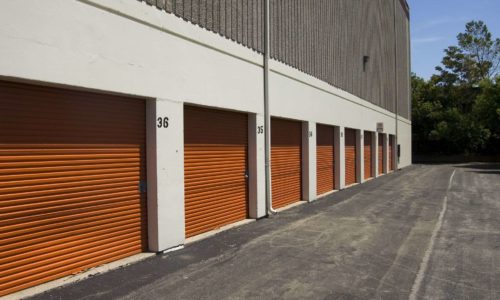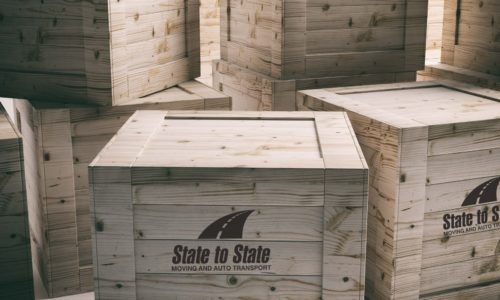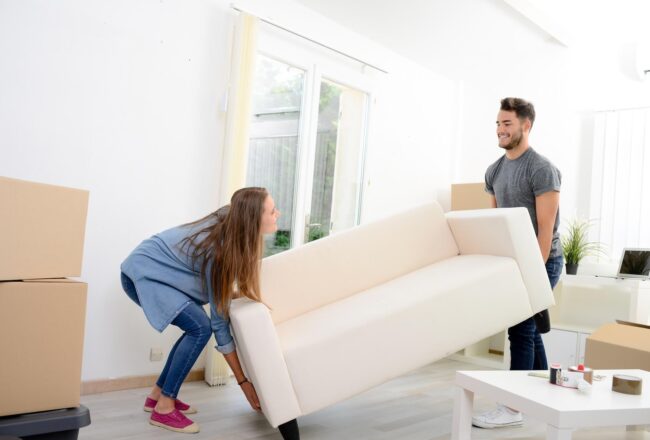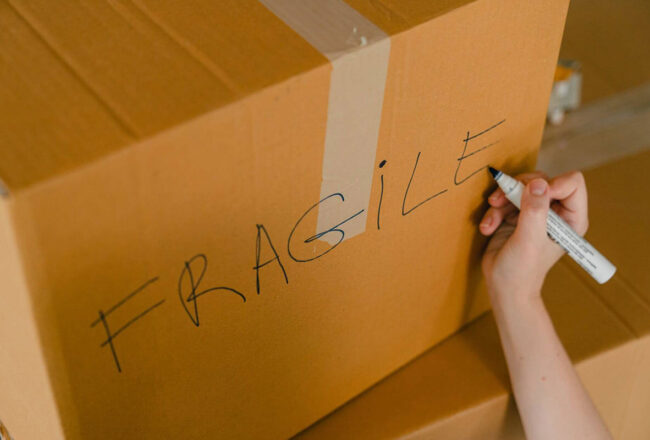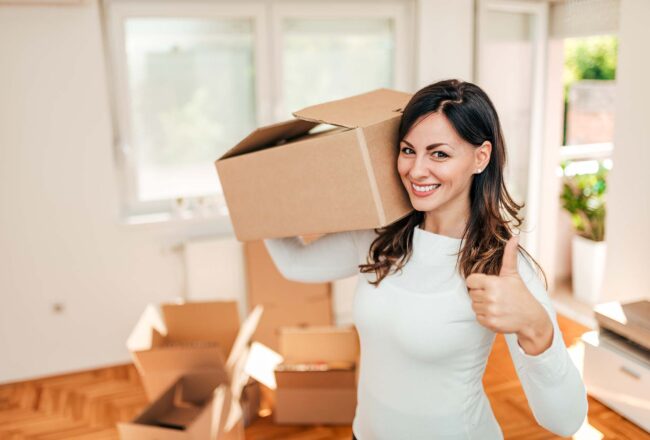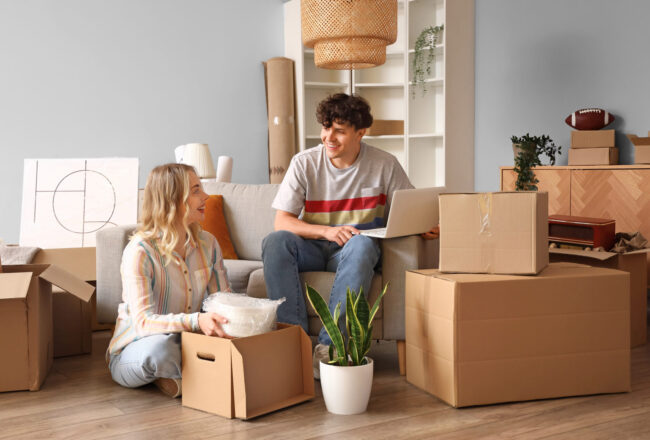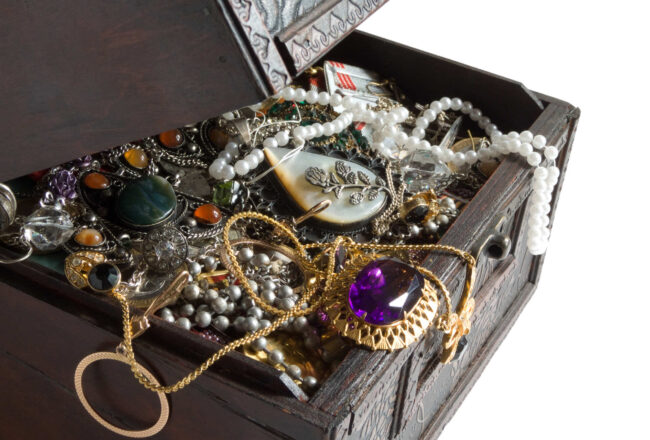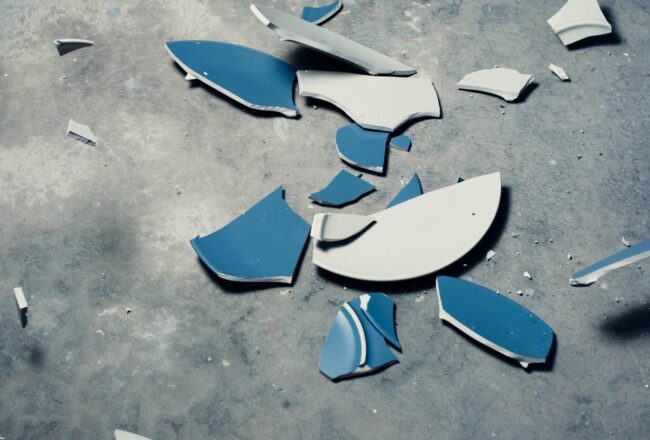When it comes to moving, protecting fragile items is paramount. That’s why it’s necessary to figure out the best way to wrap breakables so you can ensure all your belongings make it to the new home in one piece. Whether it’s heirloom china, delicate glassware, or prized collectibles, this guide on how to pack breakables offers step-by-step instructions, tips from moving experts, and insights that will help you protect delicate items.
Protection of breakables, from glassware and ceramics to electronics and artwork, demands meticulous attention. Selecting appropriate wrapping materials like bubble wrap, packaging paper, and foam plays a pivotal role in safeguarding these items. Techniques vary from the precise wrapping of glassware to the thoughtful packing of ceramics, ensuring each item is cushioned and stabilized to withstand the move. Effective packing strategies, clear labeling, and careful loading are essential, ensuring that all items, regardless of their fragility, reach their destination safely.
Knowing Breakables Is Important
Embarking on the process of moving state to state requires a keen understanding of the breakables that populate your home, each with its unique demands for protection. Glassware, with its susceptibility to chips and shatters, epitomizes fragility, demanding meticulous attention to prevent any damage.
Ceramics, encompassing a broad array of items from pottery to plates, share this vulnerability, with the added risk of cracking under less-than-gentle handling. Electronic devices, though seemingly robust, hide their fragility in sensitivity to shocks, vibrations, and the peril of static, making their protection a nuanced task.
Artwork, with its diverse mediums from canvas to sculpture, introduces another layer of complexity, requiring a tailored approach to account for material sensitivities and value. Assessing the fragility of these items involves not just recognizing their propensity for damage but also identifying any special requirements for their care, such as the need for additional cushioning or climate considerations.
Selecting the Right Materials for Wrapping Breakables for Moving
Choosing the best materials for packing fragile items is a pivotal step in safeguarding them through the tumult of a move. Bubble wrap stands out for its versatility, offering both cushioning and shock absorption, making it an almost universal choice for the range of breakables from glassware to ceramics. However, its bulkiness and the space it occupies might not always be ideal.
Packaging paper, on the other hand, offers a more pliable solution, excellent for wrapping and padding, though it lacks the impact resistance of bubble wrap. Foam wraps present an intermediary solution, combining flexibility with a higher degree of protection, suitable for items that may not withstand the pressure of tighter packing.
Specialty materials, designed for specific items like electronics or fine art, cater to the unique needs of these items, offering protection tailored to their vulnerabilities. The challenge lies in balancing the protection these materials offer with their cost, environmental impact, and the space they consume in the moving boxes. And here’s another pro tip – you can get free moving boxes on sites like Craigslist.

Mastering the Art of Wrapping Glassware
Wrapping glassware when it comes to moving interstate is akin to an art form, requiring both precision and care to ensure that each item arrives at its destination intact. The process begins with laying out a flat, clean piece of packaging paper or bubble wrap on a stable surface. Each piece of glassware should be wrapped individually, starting by placing it at one corner of the wrap and rolling it diagonally, tucking in the sides as you go to secure the glass within a protective cocoon.
For kitchen glasses with stems or other protruding elements, extra attention is needed – wrap these parts first with a small piece of bubble wrap before proceeding with the overall wrap. Tape may be used sparingly to secure the wrap, but ensure it does not come into direct contact with the glass to avoid residue.
Special packing tips for items with unusual shapes or extra fragility include filling the hollow spaces with crumpled packaging paper to prevent internal movement. For exceptionally delicate items, double wrapping, first with packaging paper and then with bubble wrap, provides an additional layer of safety. Arranging these wrapped pieces snugly within a box that has been lined with a soft, cushioning layer of packing material on the bottom can further mitigate the risk of damage.
How Can You Protect Ceramics and Porcelain?
The protection of ceramics and porcelain during interstate moving demands a strategy that combines careful wrapping with thoughtful packing. Begin by selecting a soft, yet sturdy packing material, such as bubble wrap or foam sheets.
Each plate, bowl, or figurine should be wrapped individually, with the edges and any handles receiving additional layers to guard against chips or cracks.
When wrapping plates, stacking them vertically rather than laying them flat can reduce the risk of breakage under pressure – just ensure each is adequately separated by bubble wrap or foam.
What About the Bowls and Hollow Items
For bowls and other hollow items, filling the interior with crumpled paper can prevent cracking from internal pressure. Figurines and other intricate items may benefit from being wrapped first in tissue paper, which conforms to their shape without adding bulk, before adding a layer of bubble wrap for shock absorption.
Layering and cushioning are crucial when it comes to packing these wrapped items into boxes. A base layer of cushioning material should first be laid out in the box, followed by the heaviest items at the bottom, progressing to the lightest on top. Empty spaces between items should be filled with soft packing materials to prevent movement and contact. A final layer of cushioning on top ensures that, upon sealing, the box’s contents are snug and secure, ready to withstand the journey to their new home.
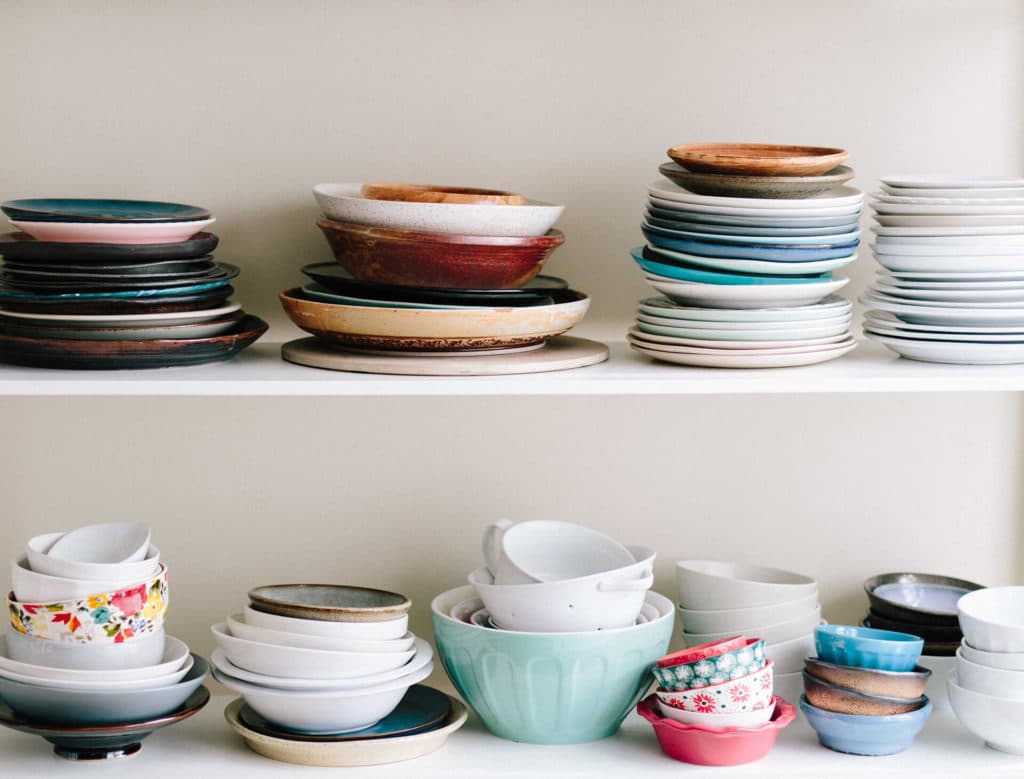
Protecting Electronics and Sensitive Equipment
In the realm of long-distance moving, protecting electronics during a move stands as a critical concern, primarily due to their high value and susceptibility to damage from static electricity, impacts, and temperature fluctuations. The cornerstone of protecting these items lies in the use of anti-static materials, such as anti-static bubble wrap or bags, which are essential for preventing static build-up that can damage electronic components.
Begin by powering down and disconnecting all devices, removing batteries and cables to prevent any electrical issues. Wrap each piece of equipment individually, ensuring that screens and delicate surfaces are covered with a soft, non-abrasive material before adding layers of bubble wrap for cushioning. For additional protection, use rigid foam boards cut to size around the item, which provides insulation against impacts.
When packing electronics into boxes, the goal is to prevent any movement within the box that could lead to damage. Use anti-static packaging peanuts or additional bubble wrap to fill gaps, ensuring a snug fit. Labeling these boxes clearly as “Fragile – Electronics” and indicating which side should face up can further help state-to-state movers handle these items with the care they require.
Preserving Artwork and Picture Frames – Secure Packing Methods for Artwork
The preservation of artwork and picture frames during a long-distance move requires a custom approach, tailored to the diversity of sizes, shapes, and materials encountered. For paintings, prints, and framed items, the initial step involves wrapping the piece in a layer of glassine paper, which acts as a barrier against moisture and fingerprints. Following this, bubble wrap can be added for impact protection, with special attention paid to corners and edges where damage is most likely to occur.
For artwork without glass protection, it’s advisable to avoid direct contact between the bubble wrap and the surface of the artwork to prevent texture imprints or other damage. In these cases, a layer of acid-free paper before the bubble wrap can offer additional protection. Custom-sized cardboard or foam board boxes can be constructed for each piece, providing a rigid shell that protects against pressure and impacts.
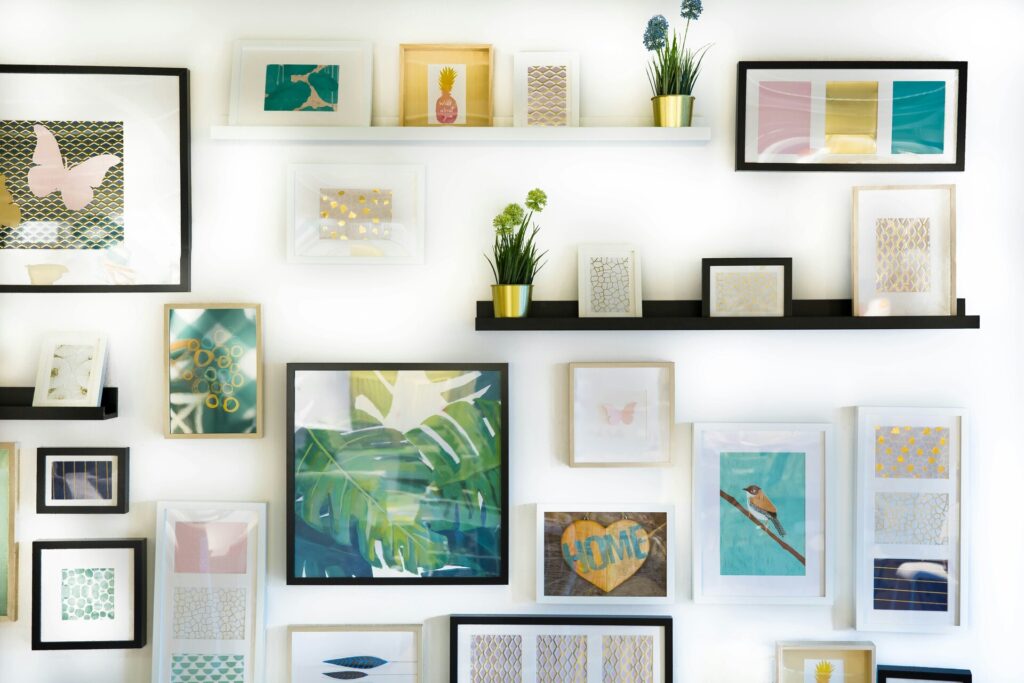
Packing and Stacking Breakables Safely
Packing wrapped breakables in boxes requires a thoughtful approach to maximize protection. Begin by choosing sturdy boxes of appropriate sizes to avoid overloading. Place a layer of cushioning material, such as bubble wrap or packaging peanuts, at the bottom of each box to absorb shocks.
Items should then be placed inside gently, with heavier items at the bottom and lighter ones on top to prevent crushing. Use additional padding around each item and in any gaps to immobilize them, minimizing movement during transport. This strategic placement and cushioning are crucial in creating a secure environment within the box, significantly reducing the risk of damage to valuables during the move.
Labeling and Inventory Management Can Be Very Helpful
Clear labeling on boxes containing breakables is vital for ensuring they are handled with care throughout the moving process. Labels should be large, legible, and include specific instructions such as “Fragile,” “Handle with Care,” and “This Side Up” to guide movers. Additionally, keeping a detailed moving inventory of what each box contains can streamline the unpacking process and is essential for tracking all items during the move.
This inventory should note the contents of each box, the room it belongs in, and any specific handling instructions. This level of organization not only aids in the efficient relocation of items but also provides peace of mind by ensuring that all valuables are accounted for and properly managed.
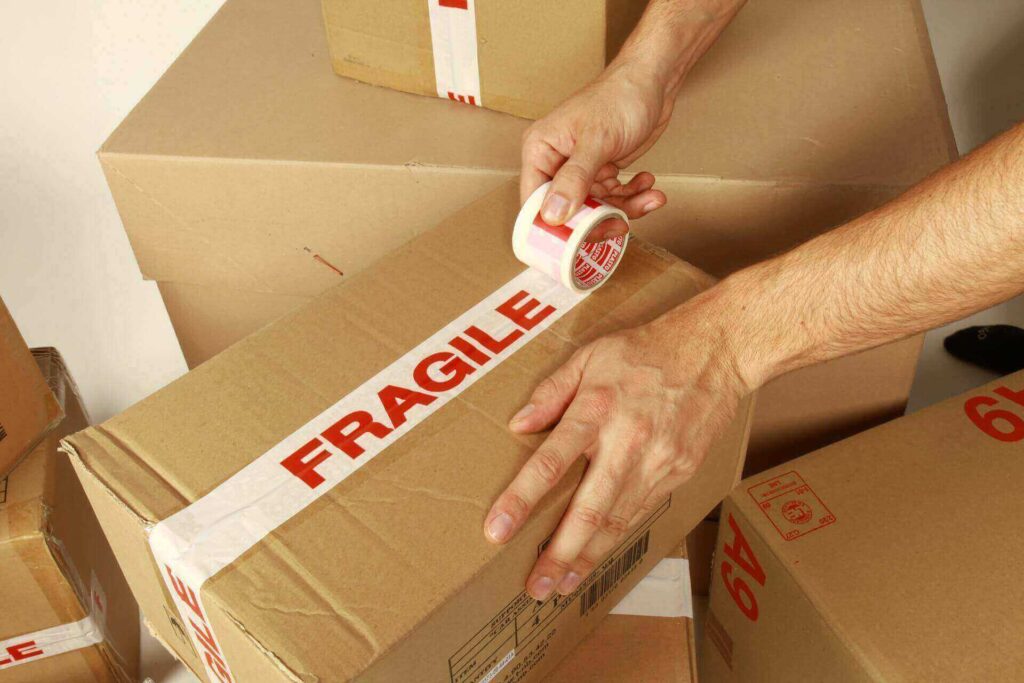
Loading and Unloading – Best Practices
When loading and unloading boxes containing breakables onto the moving truck, employing best practices is essential to safeguard valuable items. Begin by ensuring that heavier boxes are placed on the floor of the moving vehicle, creating a stable base, while lighter boxes can be stacked on top. Avoid stacking high to prevent toppling and distribute weight evenly across the vehicle to maintain balance during transport.
Boxes labeled as fragile should be kept clear of areas prone to shifting or crushing, ideally in spaces where they can be securely wedged or supported by heavier, non-fragile items. During unloading, handle each box with care, especially those marked fragile, ensuring they are set down gently and not on uneven surfaces to prevent tipping. This careful arrangement and handling are critical for preventing damage to delicate items, ensuring they reach the new city intact.
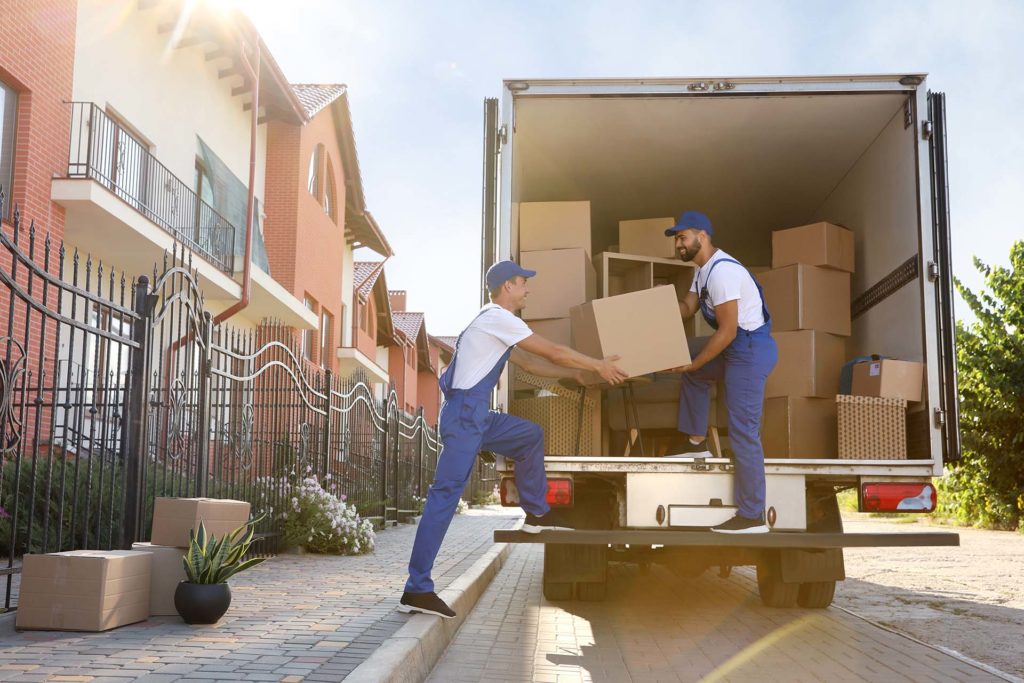
From Fragile Beginnings to Sturdy Arrivals – Perfecting the Journey of Precious Belongings
Mastering the art of efficient packing and moving breakables is essential for anyone facing the challenge of relocating. By adhering to fragile item wrapping strategies, you can significantly reduce the risk of damage and relocation mistakes, allowing you to transition smoothly and confidently into a new home.
And if you want to avoid the stress of moving and the hassle of heavy lifting, hire professional movers to do it for you. Contact us at State2State Movers and allow our team to take care of everything. From professional packing services to truck loading and unloading, our moving services ensure that all your cherished items arrive at your new home just as they were – intact and ready to start a new chapter.
FAQ
What Are the Best Materials to Use for Wrapping Glassware and Ceramics?
The best materials for wrapping glassware and ceramics include bubble wrap for its cushioning effect, packaging paper for its versatility and protection against scratches, and foam sheets for additional padding. Using a combination of these materials can provide optimal protection for fragile items.
How Should I Pack My Electronics to Prevent Damage During the Move?
To prevent damage, pack electronics in their original boxes when possible, or use sturdy boxes with plenty of cushioning from anti-static bubble wrap or foam. Disconnect all cables, secure loose parts, and fill empty spaces in the boxes with packing peanuts or more bubble wrap to prevent movement.
Are There Special Techniques for Wrapping Glassware and Ceramics That Are Large or Awkwardly Shaped?
Yes, for large or awkwardly shaped breakables, use bubble wrap generously, securing it with tape. For extra-large items, create a custom cardboard or foam enclosure. Fill hollow parts with packaging paper, and always ensure that the item is fully covered and padded to absorb shocks.
How Can I Ensure My Wrapped Items Stay Safe During Transportation?
Ensure items stay safe by packing them tightly in sturdy boxes with no room for movement, using ample cushioning materials between items, and placing heavier items at the bottom. Label boxes as “Fragile” and inform movers or helpers about the presence of delicate items. Additionally, avoid stacking heavy boxes on top of those containing fragile items.
What Should I Do if I Find a Breakable Item Damaged After Unpacking?
If you find a breakable item damaged after unpacking, document the damage with photos and check if you have moving insurance or coverage that can compensate for the loss. See whether the item can be repaired and reach out to professionals if necessary. For future moves, reassess packing strategies to prevent similar occurrences.



